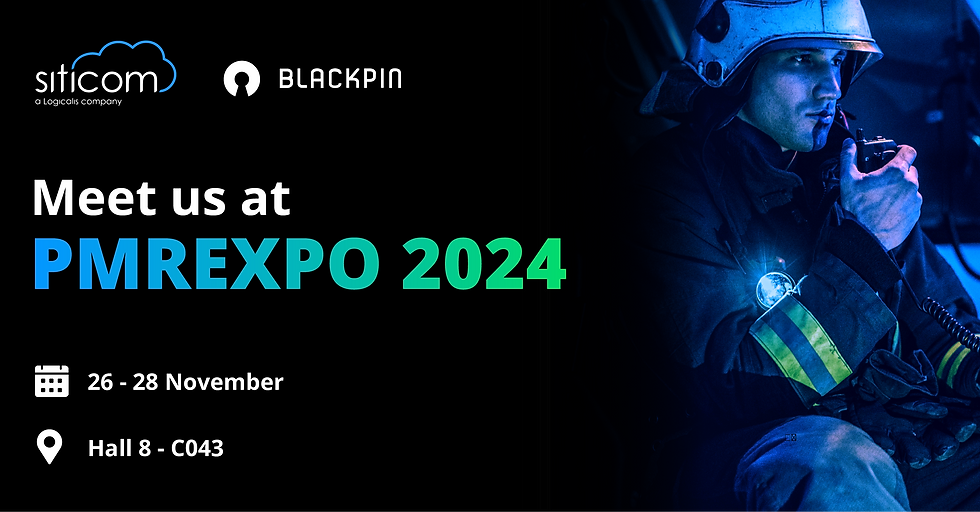Best Practice for InnerSource and Continuous Learning at siticom: Test-Automation Bootcamp
- corneliusneitzert
- Jun 2, 2022
- 3 min read
Updated: Aug 24, 2023

The martial word bootcamp sounds like pressure at first: in the shortest possible time, newcomers have to be able to work on projects and experienced colleagues have to be trained in new tools - as efficiently as possible. Our test automation bootcamp does this, but works completely without a drill sergeant; made possible by a pronounced InnerSource thinking in the team. #robotframework #innersource #learning
What is the Bootcamp and why was it created?
No matter if you are a new software developer, a network technician or a long-time DevOps colleague: Everyone at siticom can suddenly come into contact with test automation and has an almost incalculable level of knowledge about it. So off to the boot camp: the basis is a very well documented tutorial on the subject. The focus is on Robot Framework, a complex of open source tools that can be used for testing and automating software processes.
What is Robot?
Robot Framework is widely used as a testing tool for Acceptance Test Driven Development (ATDD) in a variety of applications and increasingly for Robotic Process Automation. Its origins lie with Nokia, and it is currently supported by the non-profit Robot Framework Foundation.
"I realised I needed to share my knowledge better. But now, instead of explaining the same thing to each individual step by step, every week, like in school, I just put things from daily work as an assignment and then said 'go for it'. And now it runs all by itself."
Julius Hüther, Network Solution Expert
How did it come about and how is the bootcamp organised in the meantime?
Starting with a small collection of keywords on the topic, within just one year a small didactic masterpiece of linked information and tasks has emerged, the solutions of which can immediately serve as a practical reference in the project.
The secret: The formulation of sub-tasks and the documentation of solutions is done by the participants themselves, instead of being firmly prescribed by the mentors. Each participant is also a further developer of the training.
"After the bootcamp, the participants are at a level from which they can have a say - no matter where they come from. You can just tell then who has done it and who hasn't."
Stanislaw Sauer, Student Assistant
"They are realistic scenarios. You don't just get fed everything by hand, you have the space to learn for yourself. No one is punished if you think the wrong way."
Sandro Voncenti, Student Assistant
The strength of the format lies in its flexible orientation to the individual knowledge and working methods of the participants. Not only is the content designed to be as modular as possible. There is also no defined end to the programme: learners develop independently and a transition to project tasks at the client takes place seamlessly as soon as the necessary knowledge is available. Career starters and students are thus motivated and on an equal footing with their colleagues. At the same time, experienced employees do not feel they are in a training situation. Everyone comments on and expands on the tasks in their own way, and helps to shape how solutions are formulated and presented.
Although there is a Test Automation Standup where questions about the Bootcamp could be discussed, the participants usually get help in spontaneous dialogue. This also shows the advantage of the method for the mentors: due to the less abstract, project-related tasks, support during the bootcamp is organically part of the daily work.

Excerpt of a task from Part 2 of the Bootcamp: Robot Framework
"Most of the time, the questions of those who are sitting on it have something to do with what we are busy with anyway. So that never bothers us."
Julius Hüther, Network Solution Expert
"I didn't know anything at the beginning. Then I just wrote down and self-documented every problem that I think somehow belongs to it."
Stanislaw Sauer, Student Assistant
Content of the Bootcamp
At the moment, participants can join different modules depending on their interest and level of knowledge:
Networking Fundamentals: Basic understanding and handling of the required software environment such as GNS3, Wireshark, Robot Framework and a reasonable VS code environment.
Advanced Networking: From the first self-programmed test to connectivity and routing tests, to documentation with LibDoc. Also troubleshooting and further lessons with Wireshark pyATS and Genie.
Automated Testing: The actual automation with Robot Framework with a large number of best practices.
In addition, there is the "Advanced Lab", an area for special test cases or particularly sophisticated solutions from practice, mostly presented by the more experienced colleagues.
"You are given real problems, you simply learn more. This is the first time I've seen it like this in a company."
Stanislaw Sauer, Student Assistant
"For me it's not over now, I'm still working on improving it e.g. for other topics like 5G or Infrastructure as Code."
Sandro Voncenti, Student Assistant
The development of interactive documentation has been a complete success so far and we are happy that the example is also setting a precedent in other projects and subject areas.


